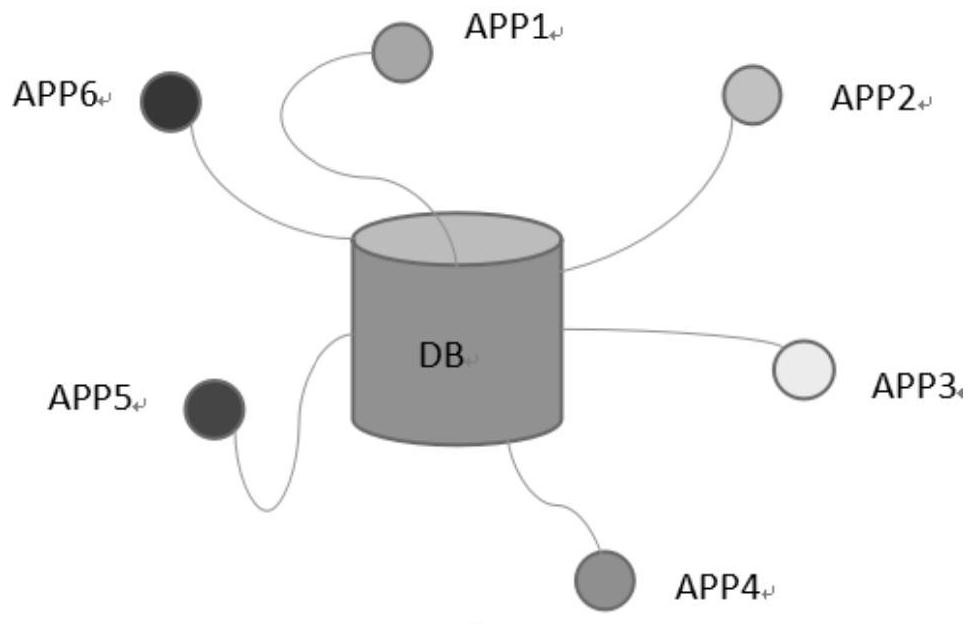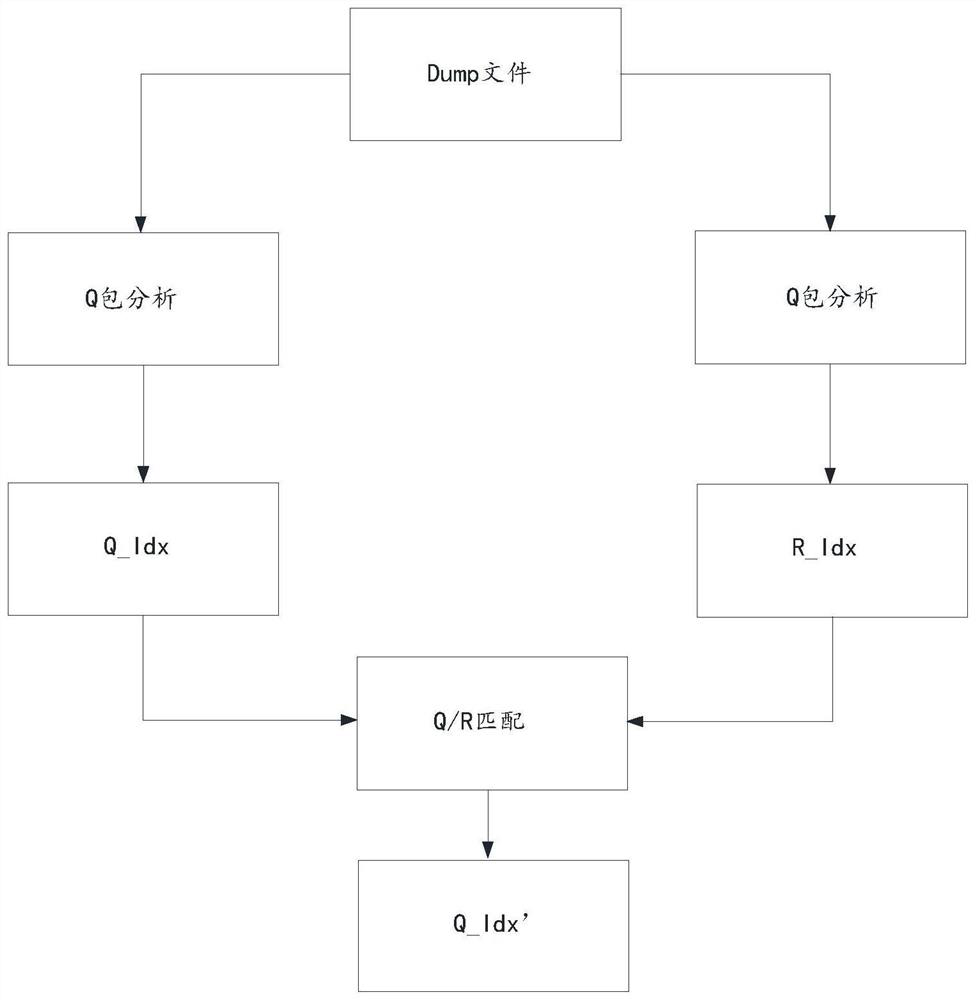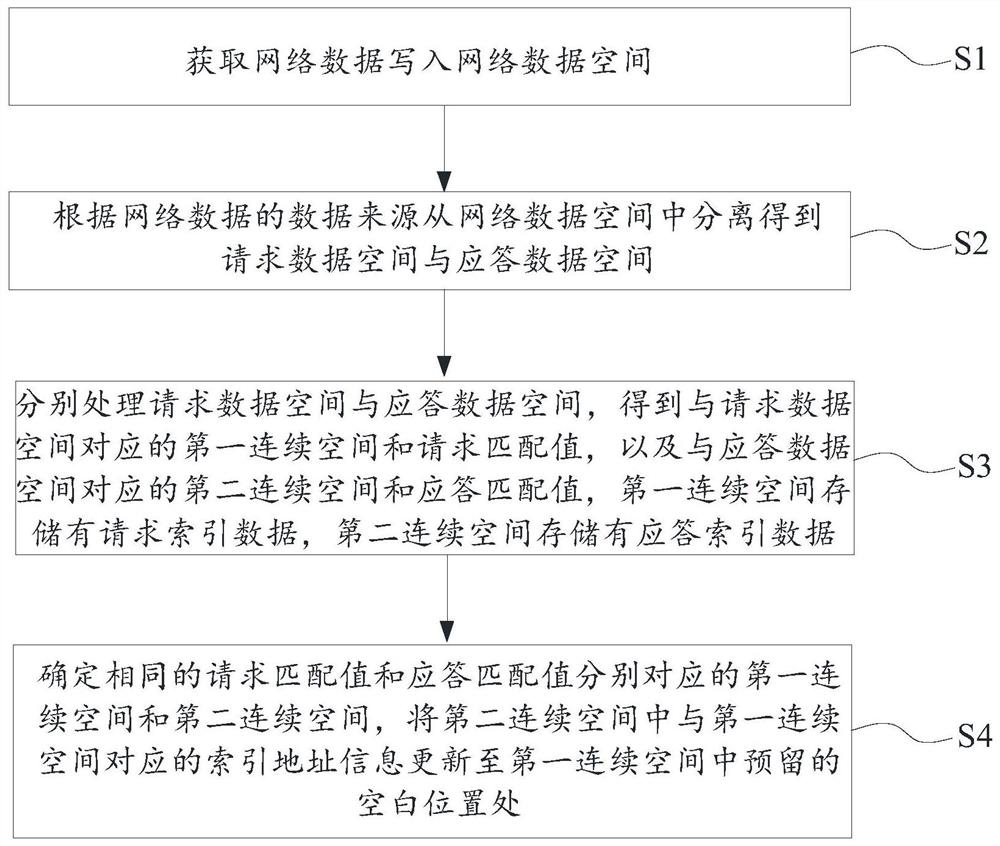Index generation and matching method and device for request statements and response statements
A response statement and indexing technology, applied in the database field, can solve the problems of difficulty in request and response, poor matching effect of request and response, and complicated transmission, so as to improve matching efficiency and accuracy, and improve matching efficiency
- Summary
- Abstract
- Description
- Claims
- Application Information
AI Technical Summary
Problems solved by technology
Method used
Image
Examples
Embodiment 1
[0023] see Figure 1 to Figure 3 , the request statement and the index generation and matching method of the response statement in the embodiment of the present invention include the following steps:
[0024] S1: Obtain network data and write it into the network data space;
[0025] S2: Separate the request data space and response data space from the network data space according to the data source of the network data;
[0026] S3: Process the request data space and the response data space respectively to obtain the first continuous space corresponding to the request data space and the request matching value, and the second continuous space corresponding to the response data space and the response matching value. The first continuous space stores Request index data, and the second continuous space stores response index data;
[0027] S4: Determine the first continuous space and the second continuous space corresponding to the same request matching value and response matching ...
Embodiment 2
[0050] Further, see Figure 4 , step S2 specifically includes the following steps:
[0051] S21: Separate the network data initiated by the client as a data source into a request data space, and separate the network data whose data source is a response from the server into a response data space;
[0052] S22: Determine whether the same request data space exists in the obtained multiple request data spaces, and whether the same response data space exists in the multiple response data spaces;
[0053] S23: If yes, divide the same request data space into the same request data space, and divide the same response data space into the same response data space;
[0054] S24: If not, divide different request data spaces into different request data spaces, and divide different response data spaces into different response data spaces.
[0055] Specifically, please refer to the description of the request data space and the response data space in Embodiment 1. Since the request data spac...
Embodiment 3
[0062] Further, see Figure 5 , step S22 specifically includes the following steps:
[0063] S221: Detect the data sequence information, data size information and data confirmation information of each request data space and response data space;
[0064] S222: If the data sequence information of the current requested data space is equal to the data sequence information of the last requested data space plus the data size information of the last requested data space, then determine that the current requested data space is different from the previous requested data space;
[0065] S223: If the data confirmation information of the current requested data space is equal to the data confirmation information of the previous requested data space, then determine that the current requested data space is the same as the previous requested data space;
[0066] S224: If the data sequence information of the current response data space is equal to the data sequence information of the previous...
PUM
 Login to View More
Login to View More Abstract
Description
Claims
Application Information
 Login to View More
Login to View More - R&D
- Intellectual Property
- Life Sciences
- Materials
- Tech Scout
- Unparalleled Data Quality
- Higher Quality Content
- 60% Fewer Hallucinations
Browse by: Latest US Patents, China's latest patents, Technical Efficacy Thesaurus, Application Domain, Technology Topic, Popular Technical Reports.
© 2025 PatSnap. All rights reserved.Legal|Privacy policy|Modern Slavery Act Transparency Statement|Sitemap|About US| Contact US: help@patsnap.com



